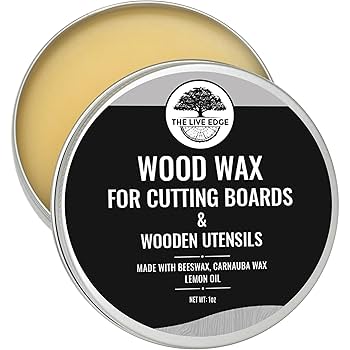
Nourish Your Wood: Naturally Cleaning and Caring for Wooden Kitchen Tools & Surfaces
In the heart of a truly lived-in home, the kitchen often reigns supreme. And within that space, wooden kitchenware stands as a testament to both beauty and functionality. From the warmth of a well-worn cutting board to the simple elegance of a wooden spoon, these items connect us to a slower, more intentional way of life. Unlike their plastic or metal counterparts, wooden tools and surfaces age gracefully, developing a rich patina that tells a story of countless meals prepared and shared. Preserving this beauty, and ensuring your wooden kitchenware remains safe for food preparation, requires mindful care—care that doesn't necessitate harsh chemicals. Let’s embrace natural, sustainable methods to nourish and protect our beloved wooden companions, dispelling the myth that sanitation requires compromise.
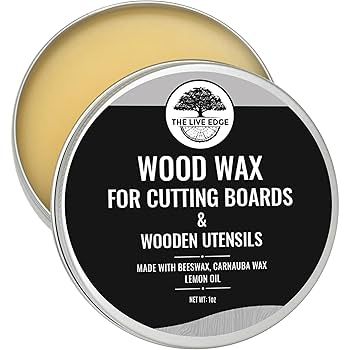
Understanding Wood Care
Wood, a natural and porous material, possesses unique properties that demand special attention. Its very nature makes it susceptible to moisture absorption, which can lead to warping, cracking, and the harboring of bacteria if not properly managed. While durable, wood requires a different approach than non-porous materials like stainless steel.
The use of harsh chemicals presents a significant concern for items that come into direct contact with our food. Many commercial cleaning products contain ingredients that can leach into the wood and subsequently contaminate the foods we prepare. This is particularly worrisome for cutting boards, where food is directly processed. Fortunately, nature provides us with safe and effective alternatives. Beeswax, with its water-resistant qualities, and linseed oil, known for its ability to penetrate and harden within the wood, offer excellent protection without compromising food safety. Using food safe wood polish like these is a great way to protect your kitchenware.
Daily Cleaning for Wooden Kitchen Tools & Utensils
Maintaining your wooden kitchen tools and utensils on a daily basis is surprisingly simple. After each use, wash them with warm water and a mild, natural soap, such as castile soap. Avoid harsh detergents or abrasive scrubbers, as these can damage the wood's surface.
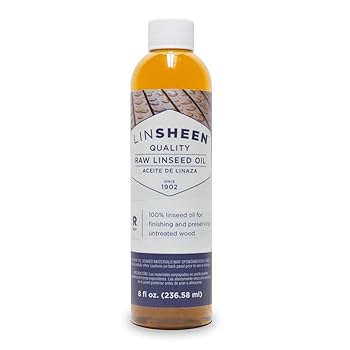
Proper drying is just as crucial as washing. After washing, either air-dry the utensils in a well-ventilated area or thoroughly towel-dry them with a clean cloth. Never leave wooden utensils to soak in water for extended periods, as this can cause them to warp or crack. For items like wooden spoons and spatulas, ensure all food residue is removed from crevices before drying. Many ask, "How do I disinfect wooden spoons?" A good cleaning after each use will prevent build up.
Deep Cleaning and Stain Removal for Wooden Cutting Boards
Even with diligent daily cleaning, wooden cutting boards require occasional deep cleaning to maintain their hygiene and appearance. A simple yet effective method involves using lemon and salt.
- Coarse Salt Application: Sprinkle a generous layer of coarse sea salt over the entire surface of the cutting board.
- Lemon Scrub: Cut a lemon in half and use the cut side to scrub the salt into the wood in a circular motion. The lemon's acidity acts as a natural disinfectant, while the salt provides gentle abrasion to remove stains and odors.
- Rest: Let the mixture sit on the board for 5-10 minutes.
- Rinse and Dry: Rinse the board thoroughly with warm water and dry it with a clean cloth.
For stubborn berry or beet stains, create a paste of baking soda and water. Apply the paste to the stained area, let it sit for a few minutes, and then gently scrub with a soft cloth or sponge. Rinse thoroughly and dry.
Lingering garlic and onion odors can be a common issue. To combat these, rub the cutting board with a cut lemon after washing. The lemon juice will help neutralize the odors.
The best way to naturally clean wooden cutting boards after raw meat is using the lemon and salt method described above, and ensuring a thorough cleaning after each use.
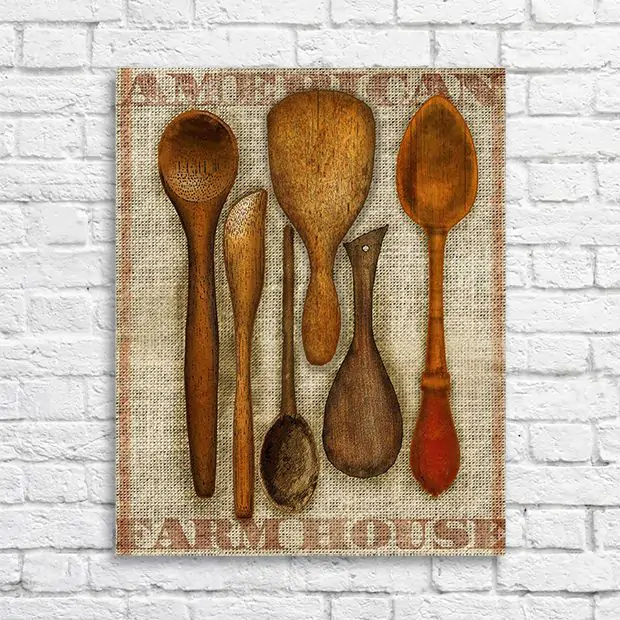
Nourishing and Protecting: DIY Beeswax Polish and Linseed Oil Treatment
To keep your wooden kitchenware in top condition, regular nourishment and protection are essential. A DIY beeswax polish and linseed oil treatment are excellent options.
DIY Beeswax Polish Recipe:
- 1/4 cup beeswax pastilles
- 1 cup food-grade mineral oil (or refined coconut oil)
Melt the beeswax pastilles with the mineral oil in a double boiler over low heat. Once melted, remove from heat and let cool completely until the mixture solidifies.
Application Instructions:
- Ensure the wood surface is clean and dry.
- Apply a small amount of beeswax polish to a clean cloth.
- Rub the polish onto the wood in a circular motion, working it into the grain.
- Let the polish sit for 15-20 minutes.
- Buff the surface with a clean, dry cloth to remove any excess polish and reveal a beautiful shine.
Beeswax provides a water-resistant layer, protecting the wood from moisture damage and adding a subtle shine. It’s a great food safe wood polish.
Linseed Oil Treatment Instructions:
- Ensure the wood surface is clean and dry.
- Apply a generous amount of linseed oil to a clean cloth.
- Rub the oil onto the wood in a circular motion, working it into the grain.
- Let the oil penetrate for 12-24 hours.
- Wipe away any excess oil with a clean, dry cloth.
Linseed oil penetrates the wood, hardens, and creates a durable, protective barrier, offering a natural wood sealant for kitchen surfaces.
Troubleshooting and Maintenance
Even with the best care, wooden kitchenware can sometimes develop issues. A sticky residue from polish buildup can be resolved by buffing the surface vigorously with a clean cloth. Dullness can be addressed with a re-application of oil or polish. Cracking is often a sign of excessive dryness; regular oiling can help prevent this.
Before using new wooden kitchen tools for the first time, it's essential to season them properly. This involves applying a generous coat of oil (food-grade mineral oil or linseed oil) to the wood and letting it absorb for several hours or overnight. Wipe away any excess oil. You can also gently warm the oiled wood in a low-temperature oven (around 200°F or 93°C) for an hour to help the oil penetrate deeper. This process helps to protect the wood and prevent it from absorbing moisture and odors. This is the best food grade oil for wood cutting board seasoning.
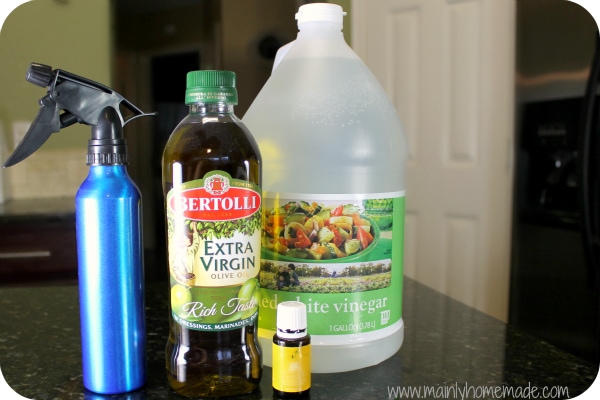
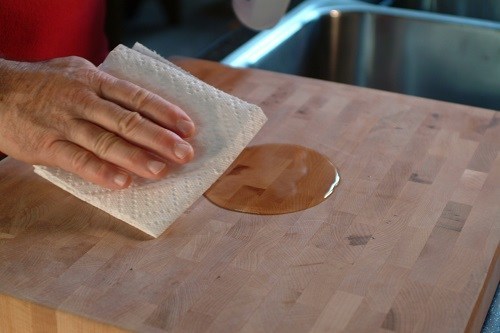
Embrace the Beauty of Natural Wood Care
Caring for your wooden kitchen tools and surfaces with natural methods is an investment in their longevity, your food safety, and a more sustainable lifestyle. By embracing these simple techniques, you can enjoy the beauty and functionality of your wooden kitchenware for years to come, creating a space that is both beautiful and wholesome.